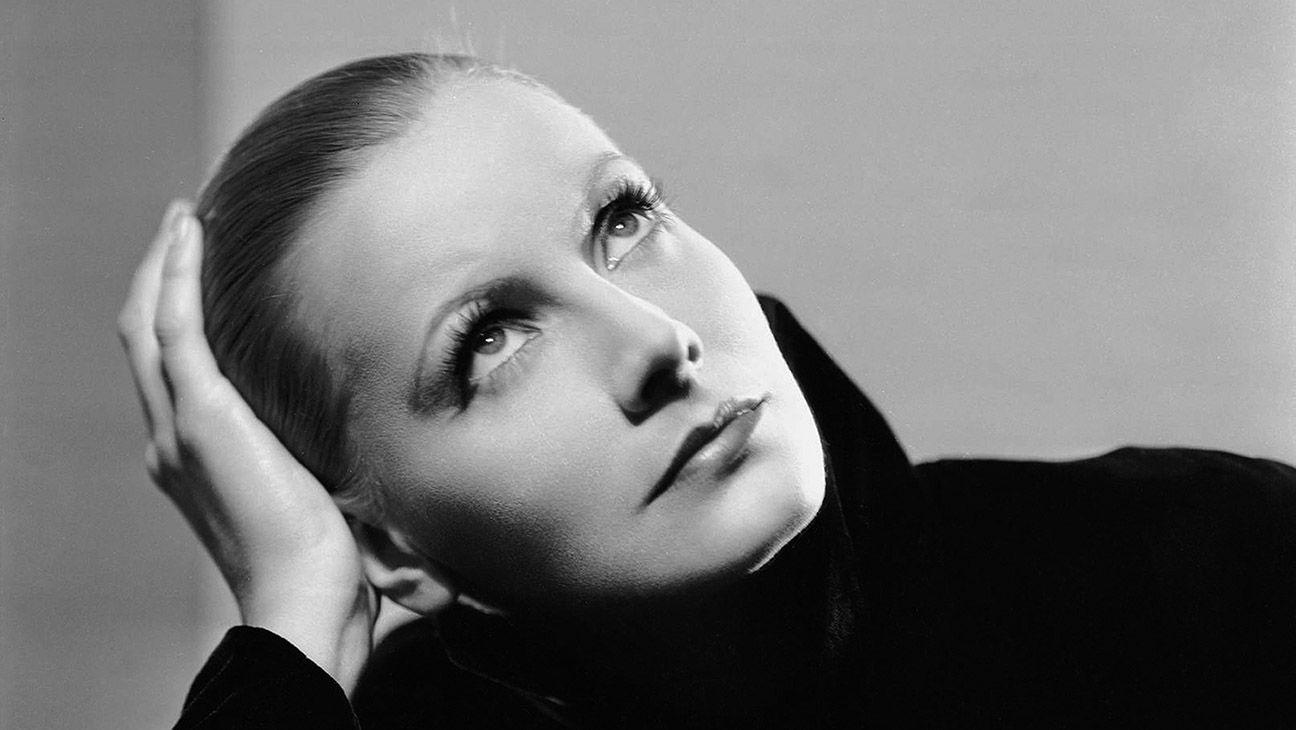There was a time—not ancient history—when a star’s greatest currency was mystery. You could be luminous, aloof, unreadable, and still beloved. The less you gave away, the more iconic you became. Looking the part was enough.
Now? Visibility demands vulnerability. You’re not just acting—you’re emoting, explaining, confessing. On cue. In HD. Preferably with a filter that still shows your pores.
Fame today is an emotional striptease. You’re not just promoting a project—you’re promoting your pain. Your trauma, your therapy journey, your gluten intolerance, your sober-curious era in Tulum. The red carpet is now a runway of curated disclosure. The more “real” you appear, the longer you stay relevant.
But let’s be honest: we’re not asking for truth. We’re asking for vulnerability that feels raw—but still fits the aesthetic. Like crying, but on a bouclé sofa, ideally with a candle line dropping Friday.
Early in my career, a mentor gave me a line I’ve never forgotten: “Just be yourself. If you can fake that, you’ve got it made.” It was a joke. Kind of. But like most good jokes—it was devastatingly accurate.
Authenticity has always been a performance. We just used to be more honest about it.
Back in Hollywood’s golden age, studios built stars like department stores built mannequins—flawless, silent, hollow. Greta Garbo didn’t post skincare tutorials. Rock Hudson didn’t soft-launch relationships. Privacy wasn’t a privilege—it was policy.
Vulnerability was a liability. You buried it, denied it, drank it down.
Then, slowly, things began to change.
In the ’70s, Cher turned authenticity into a superpower—dishing divorce woes in full feathered regalia. By the ’90s, Oprah had built an empire out of collective catharsis—crying with guests and transforming daytime TV into the world’s most profitable therapy session.
Then reality TV blew the gates open: The Osbournes, Survivor, The Kardashians. Access became empire. Confession became currency. Pain became product.
I saw it firsthand when my company, Brighter Pictures, produced Big Brother UK. What began as a social experiment quickly became a formula: the more you revealed, the more airtime—and loyalty—you earned.
By 2010, the confessional floodgates were permanently open. Adele wept her way through 60 Minutes and sold 3.38 million albums in a week. Britney shaved her head in public and still got a comeback arc. Kanye ranted, collapsed, rebounded—chaotically, but consistently. Even The Bachelor turned trauma into plot points: “I’m here for the right reasons—and also, my mom died!”
But here’s the catch: not all feelings are created equal.
Remember Tom Cruise’s couch-jump moment on Oprah? It was supposed to be joyful, exuberant. Instead, it came off like a malfunction. Wrong tone, wrong format, wrong arc. Compare that to the redemption narratives of Britney or Demi Lovato—messy, yes, but narratively pre-approved. Their chaos fit the script.
Because that’s what we really want: vulnerability with a glam team. A backstory, a redemption beat, and ideally, a new fragrance at the end.
Then social media arrived and turbocharged it all. If reality TV taught Hollywood that exposure sells, Instagram taught stars how to direct and distribute it themselves.
Behind every “candid” TikTok is a three-point lighting rig. Behind every “raw” podcast is a spreadsheet. Celebrities now attend media training not just on message discipline, but emotional pacing. Want to cry? That’s segment two. Want to look spontaneous? Rehearse it twelve times.
Some even work with “narrative consultants”—former screenwriters, publicists, and ex-therapists turned brand whisperers. They map out your “realness arc.” Step one: reveal trauma. Step two: drop a capsule collection. Step three: reclaim joy in a glossy spread.
It’s method acting—for your own personality.
There are grief-caption templates. Vulnerability workshops. PR firms that specialize in “emotional alignment.” One consultant told me they coach clients to pause after the word struggle—“so the audience can catch up emotionally.” That pause is now more choreographed than a Met Gala entrance.
It would be hilarious—if it weren’t so psychologically brutal.
Because here’s what we skip: What happens to your inner life when your breakdown becomes content? When your “realest self” is just another slide in the brand deck, a mood board, a meme, a soft spiral with perfect lighting and emotional range?
It’s a feedback loop. We crave realness. They perform it. We dissect it. And both star and spectator walk away wondering: Did we just feel something—or just watch someone pretend to?
